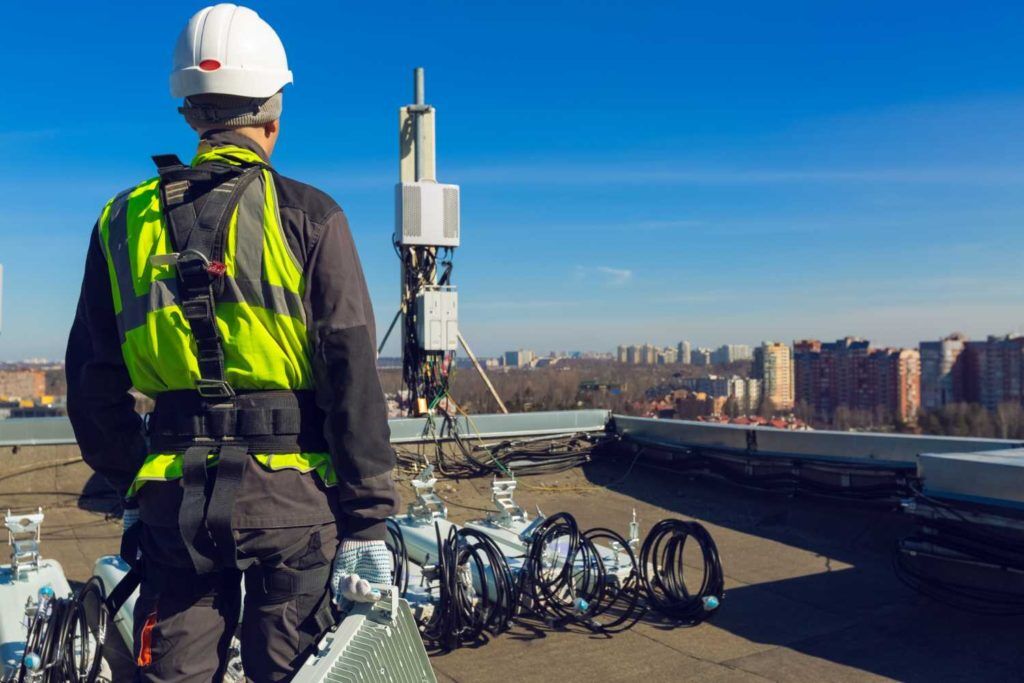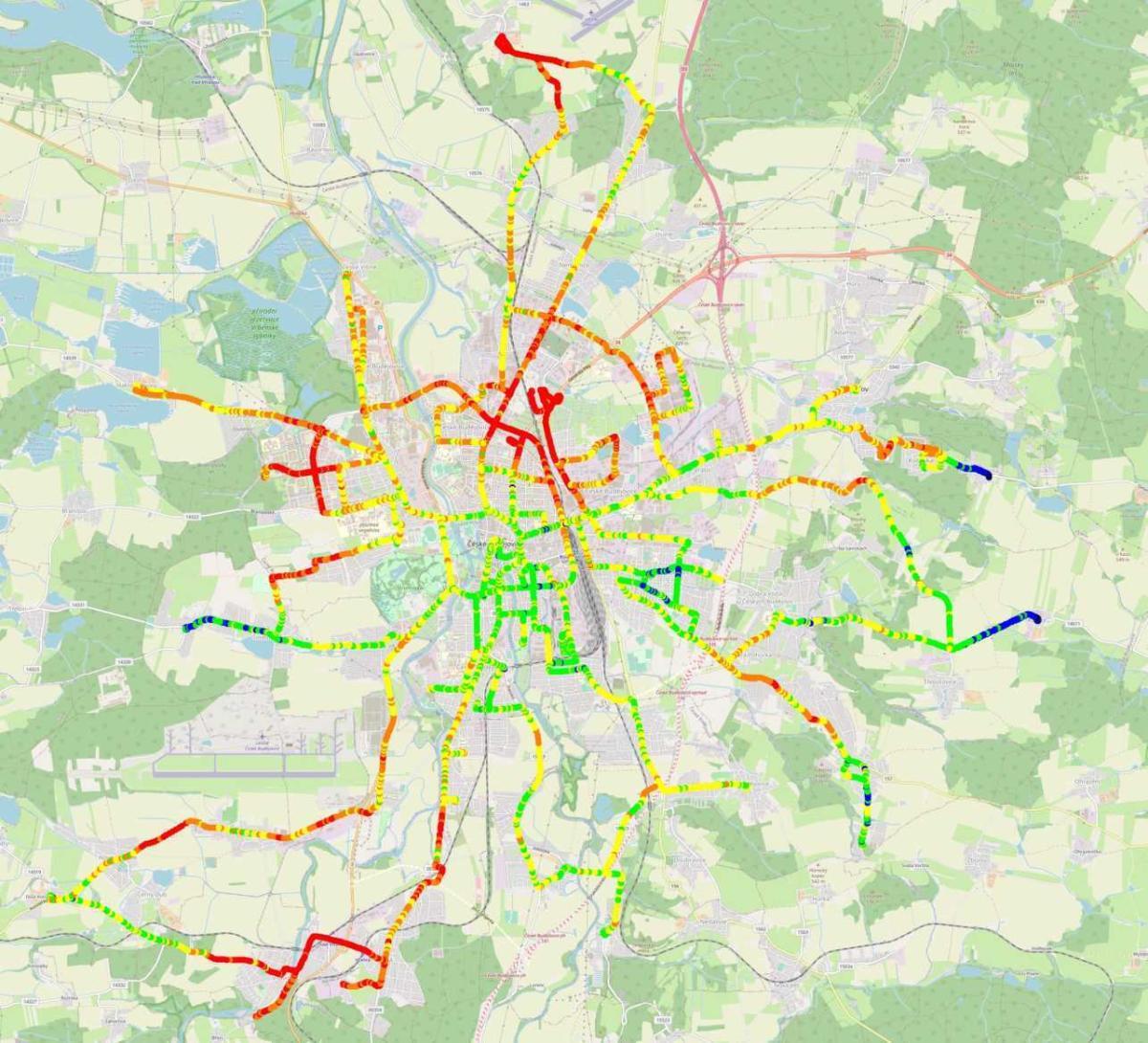Planning, designing and considering various technical solution alternatives is a key part of implementing a new radio network as well as upgrading an existing one. The customer should carefully consider all the requirements and expectations of the project together with the designer. Based on the user’s requirements, the designer will consider and propose the selection of a suitable technology. In addition to the investment costs for the construction of the communication network, it is necessary to take into account the future operating costs for the operation and maintenance of the technology. These costs are often much higher than the investment in building a new communication infrastructure. An important parameter for deciding on the choice of technology is also the availability of frequencies on which the new system is to be operated. DMR and TETRA technologies are most often used for private professional radio networks

Planning, modeling
If the customer plans to build the infrastructure of a new radio network, it is crucial for him to ensure reliable coverage in the area he serves. In this step, the key design is the appropriate location of base stations, including the configuration of their antenna systems. Advanced mathematical models are used for such planning, which take into account not only the terrain profile, but also urban development. Key objects in cities suitable for the location of base stations are occupied by other communication network operators. In these cases, the placement of technology and antenna systems can be difficult and can be associated with considerable financial costs for renting and operating the radio network infrastructure. In addition, investment in equipment to reduce interference from other technologies may increase costs. In order to distribute the use of the network infrastructure capacity and better coverage of the territory, especially in cities, it may be advantageous to cover the area of interest with more base stations. Modern digital radio networks support this. The key is then not only to ensure a reliable power supply, but also to interconnect the base stations.
Verification of the actual radio network signal coverage

Modern radio network design tools allow you to design several alternative radio network configurations to cover the area of interest. Before starting the construction of the radio network and the associated costs of design and construction preparation for the location of technology, antenna systems and contractual provision of communication technology, it is appropriate to verify whether the proposed radio network actually provides sufficient quality communication in the required area. Our company DCom, spol. S ro has at its disposal powerful measuring technology and trained staff, which allows to ensure automated measurement simultaneously from several base stations with recording of the exact measuring position. A vehicle equipped with this measuring technology will travel all required routes and record data for further evaluation. This allows you to create an accurate coverage map of a newly planned or verification of coverage of an already built network. For automated measurement, it is possible to deploy multiple base stations and then select the configuration that best suits the customer’s requirements.



